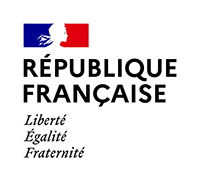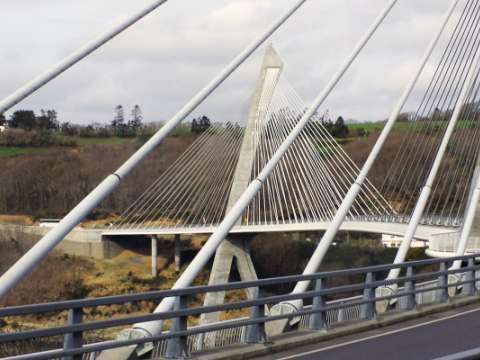
WHAT IS THE PURPOSE OF BNTRA?
By Afnor delegation, the Transport, Roads and Amenities Standardization Board (BNTRA) covers the following sectors: geotechnical, roads and equipment, engineering structures and traffic engineering sectors. The BNTRA is hosted within the Transport and Material Infrastructure Technical Division (Cerema ITM) at the Centre for Studies on Risks, Environment, Mobility and Urban Planning (Cerema).
The standardization board was granted authorization by the interministerial delegation on standards of 18 December 2015.
Scope of standardization commissions
EN conent
Contact, stakeholders, and how to get involved
Tel.: 01 60 52 31 31
Address: Direction technique infrastructures de transport et matériaux - 110 rue de Paris - BP 214 - 77487 Provins Cedex
If you would like to contribute your expertise to a BNTRA standardization commission, please return the completed registration form to BNTRA by post or email.
Once the commission has approved your application, an agreement will be drawn up between your representative and the BNTRA. A right to a seat for the current year will be decided in line with the membership scale.


